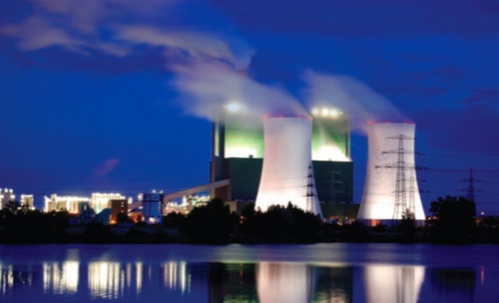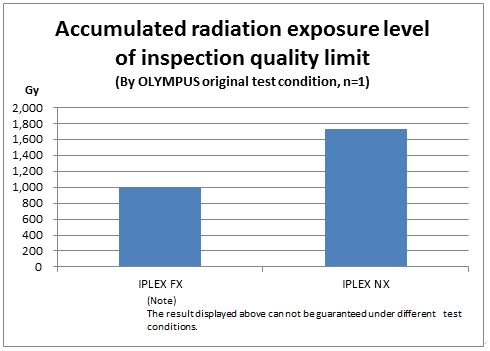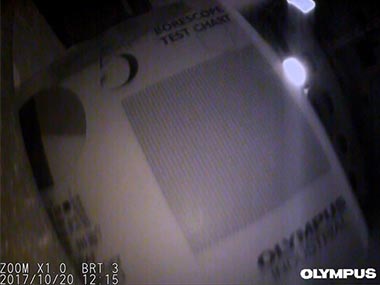The Challenge of Videoscope Inspections at Nuclear Power Plants
This application note highlights the challenge and presents the solution for endoscope inspections in radiation environments like nuclear power plants.

(1)Inspection target and purpose:
There are several types of nuclear power generation. The fundamental principle is that the thermal power of atomic fission is utilized to produce steam under high pressure. The steam is used to rotate a turbine connected to a power generator.
For the safe operation of nuclear power stations, endoscope inspections are conducted in several areas:
- Pipes - Rust, corrosion, erosion, pitting, foreign objects, and other defects
- Steam turbine - Scratches, cracks, deformations, and other defects on rotors, stators and shrouds
- Power generator - Foreign objects, clearance between rotor and case, condition of insulation
- Condenser - Rust, corrosion, erosion, deposits, pitting
- Steam generator of PWR (pressurized water reactor) - Condition of tubes and tube support plates.
(2) Challenge
Radiation at the major inspection area can impact the illumination system and imaging device (CCD or CMOS). In the worst case, the endoscope can be damaged to the point it no longer illuminates or produces images. Since endoscopes are typically used for the inspection of small diameter pipes, steam generators, or other narrow spaces, resistance of the instrument to radiation is a necessity.
(3) Solution
The Olympus IPLEX NX series of industrial endoscopes offer the latest insertion tube design and state of the art imaging device based on the requirements of working within the radiation environment. The IPLEX NX is made with the latest design and manufacturing processes, so its durability in a radiation environment is higher than conventional industrial endoscopes.
Also, the light guide fiber material is improved to increase anti-radiation durability and the illumination output from the light source is much brighter than with conventional industrial endoscopes. Even if it is exposed to radiation and damaged, the IPLEX NX can still illuminate enough to produce better images than conventional industrial endoscopes.
These improvements make the insertion tube of IPLEX NX now 1.7 times stronger than the IPLEX FX. For example, an IPLEX FX system must typically be exchanged every 3 to 6 months. In comparison, the IPLEX NX exchange frequency is every 5 to 10 months. Moreover, if the IPLEX NX is damaged, its main unit including the LCD monitor can remain in service. Only the scope unit needs to be exchanged.

Images after 1,720 Gy exposure | |
|
|
(4) Conclusion
The IPLEX NX has improved insertion tube anti-radiation durability, allowing it to operate longer in a radiation environment. This causes a decrease in the equipment exchange frequency and overall equipment and disposal costs.
The IPLEX NX provides excellent HD image quality, good insertion capability, and ease of operation, so it can provide a high quality and cost-effective endoscope inspection that contributes to safe nuclear power plant operation.
IPLEX NX features that make this application possible
- HD quality solid state imaging device that is resistant to radiation.
- Low transmission loss light guide fiber (resistant to radiation).
- High intensity laser-diode light source
- Detachable scope unit
Images
|



